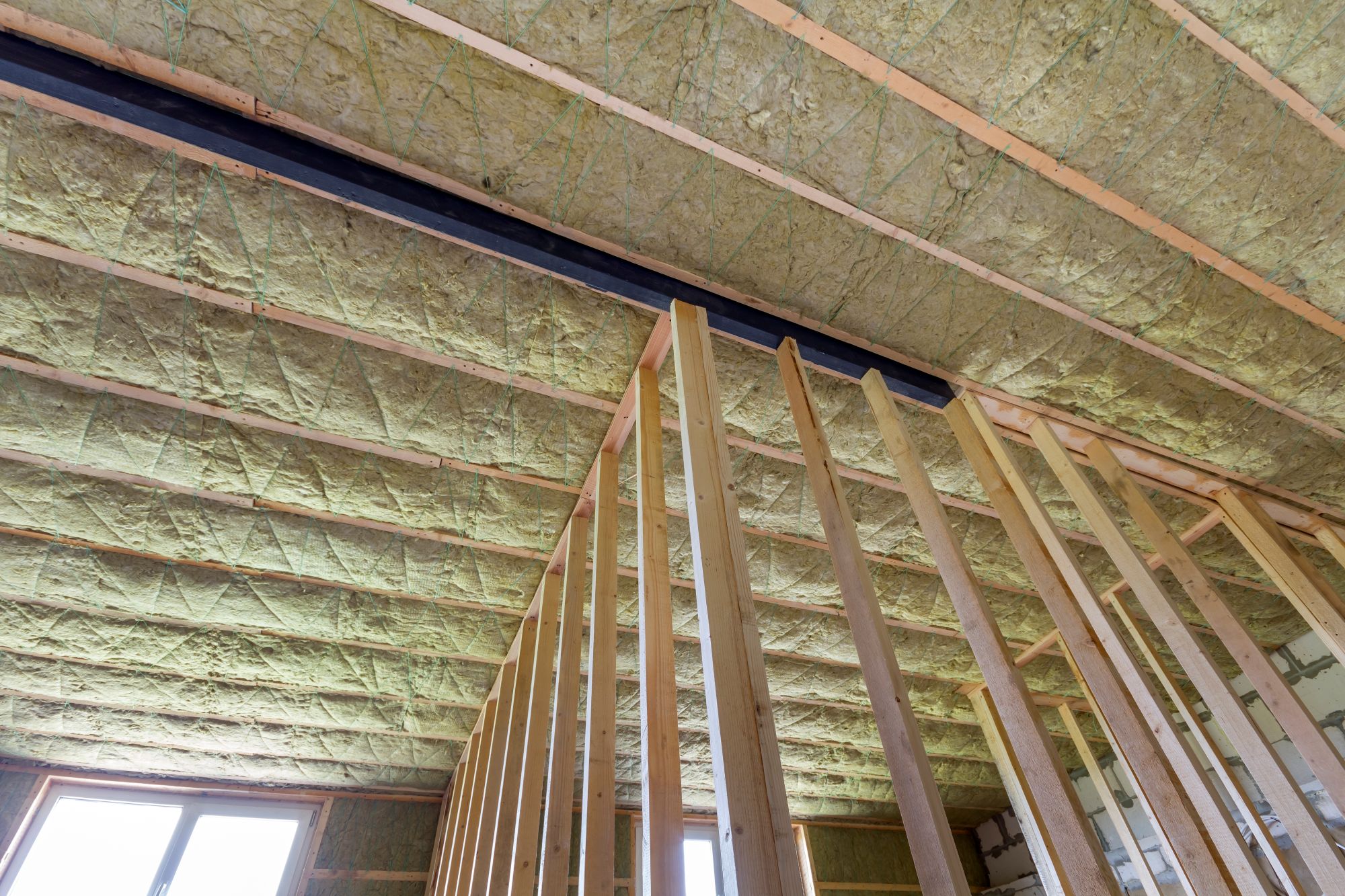
When upgrading insulation, choosing high R products is one of the most effective ways to boost energy performance and comfort. But a high R value alone does not guarantee the best results. To get true performance from your insulation upgrade, it is important to understand how R values work and what makes one product more suitable than another.
What Does High R Mean?
R value is a measure of how well insulation resists the flow of heat. The higher the number, the better the insulating performance. R values differ depending on the material type, thickness, and how it is installed.
Some insulation materials provide more R value per centimetre than others. For example, rigid foam boards tend to offer higher thermal resistance per thickness than bulk insulation like glass wool or polyester batts. That makes them useful where space is limited, such as tight wall cavities or skillion roofs.
1. Understand the Minimum Requirements
Start by knowing what your home legally needs. New Zealand’s Building Code and the Healthy Homes Standards set minimum insulation requirements for ceilings, underfloors, and sometimes walls in rental properties. These values vary by climate zone. While meeting the legal minimum is required, going beyond it can improve comfort and energy efficiency. A high R insulation product may cost more up front but can reduce heating and cooling bills over time.
2. Match the Insulation to the Space
Different parts of the home require different insulation approaches. Ceiling spaces typically have the most room to fit thicker, bulkier insulation. Walls and underfloors may need slimmer products or more flexible formats. Where space is tight, choose insulation with a higher R per thickness. Where space is abundant, a thicker batt or blanket might be more cost effective.
3. Verify the Product’s R Value
When comparing products, check that the stated R value applies to the product thickness you intend to install. Some materials may list the R value for a full roll, not per centimetre.Also check whether the product’s R value is based on real-world testing or just a theoretical calculation. Reputable products include clear labelling, product datasheets, and performance figures based on standardised testing.
4. Consider Thermal Bridging
Even the highest performing insulation can lose effectiveness if heat passes through timber framing or metal components around it. This is called thermal bridging. To combat this, install insulation snugly between framing members and consider continuous insulation systems where a layer of rigid insulation sits outside the framing. Good detailing and airtightness also reduce heat loss and improve the overall R value of the wall or roof system.
5. Look at Durability and Moisture Resistance
A high R value means very little if the insulation degrades over time. Some materials are more prone to sagging, absorbing moisture, or being affected by pests. Choose insulation that will hold its shape, resist damp, and remain effective for the long term. Materials like polyester batts, glass wool, or rigid foam boards tend to perform well in New Zealand’s varied conditions.
6. Use Products Designed for New Zealand Conditions
New Zealand’s climate is diverse. What works in the far north may not perform as well in the south. Many insulation manufacturers offer products tailored for local environments, including added moisture resistance or higher base R values. Selecting locally tested and approved products helps ensure your insulation performs as intended under our building codes and weather patterns.
7. Consider Combining Products for Best Results
In some cases, layering different insulation types can improve results. For example, using a rigid board over timber framing with bulk insulation between studs can help reduce thermal bridging while delivering a higher total R value. Make sure all layers work together and do not trap moisture or restrict airflow. A professional installer can help you find the right combination for your space.
8. Don’t Just Rely on Numbers
It can be tempting to choose the product with the highest R value on the label. But installation quality, fit, durability, and moisture performance are just as important. A lower R insulation product that is installed properly and fits perfectly may outperform a higher R product with gaps or compression.
Choosing the right high R insulation for your home involves more than comparing numbers. Look at the needs of each space, check product performance, and make sure the materials you choose are suited to New Zealand homes.
If you want help choosing insulation for a new build or renovation, or you’re considering upgrading a rental property, Panda Solutions can offer tailored advice and install the right solution to meet both comfort and compliance.
